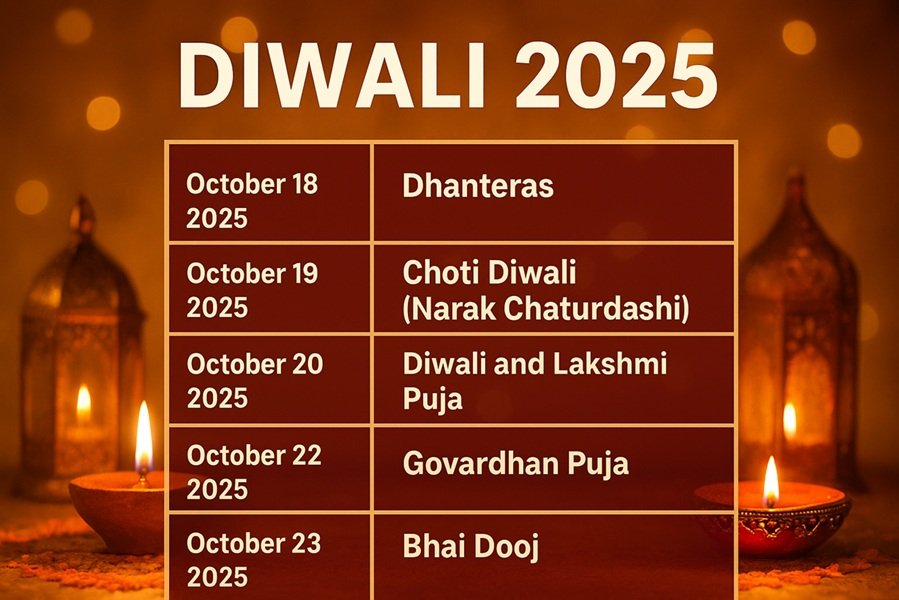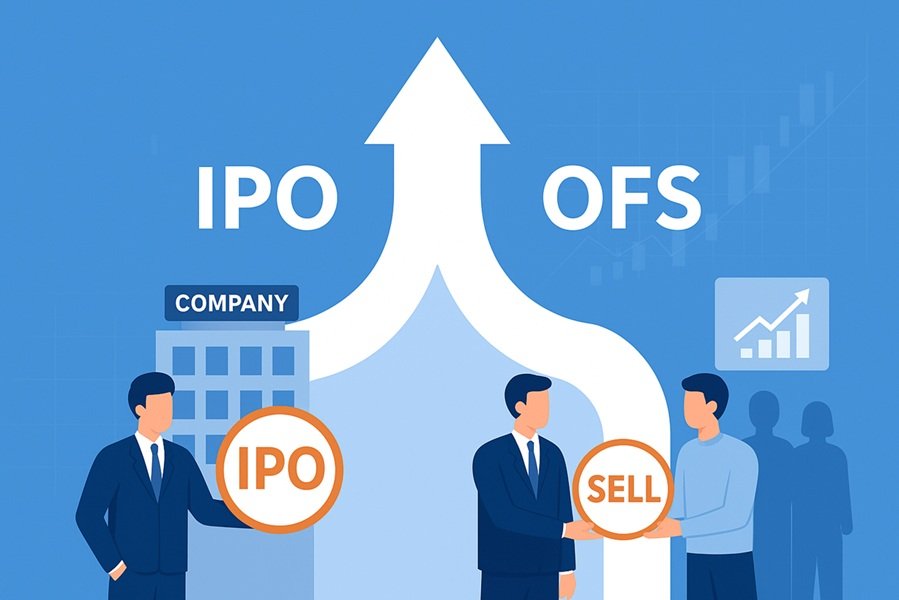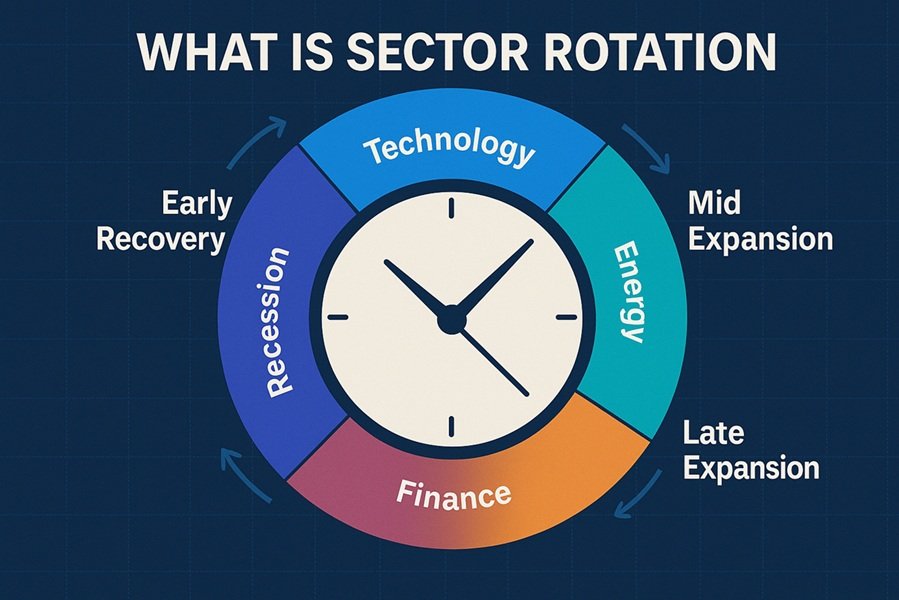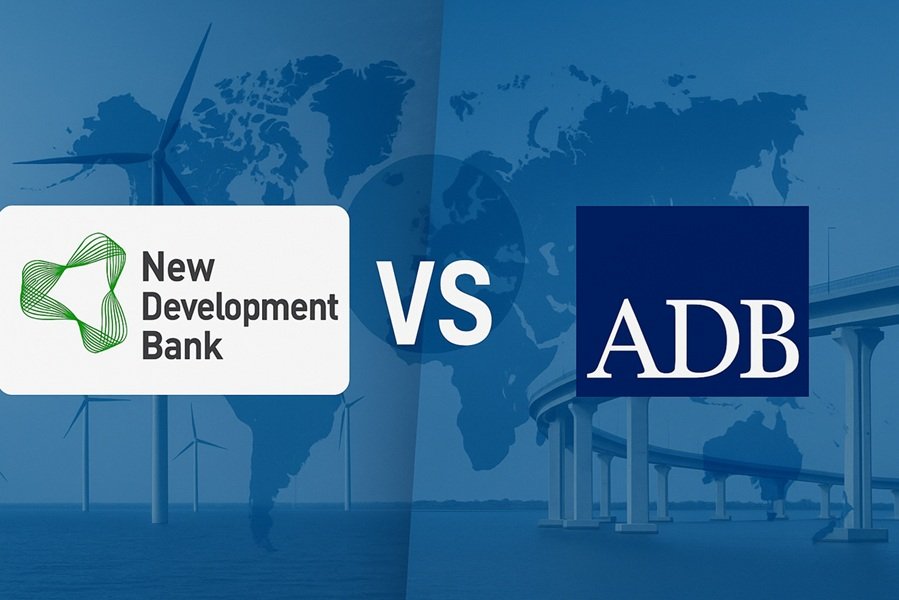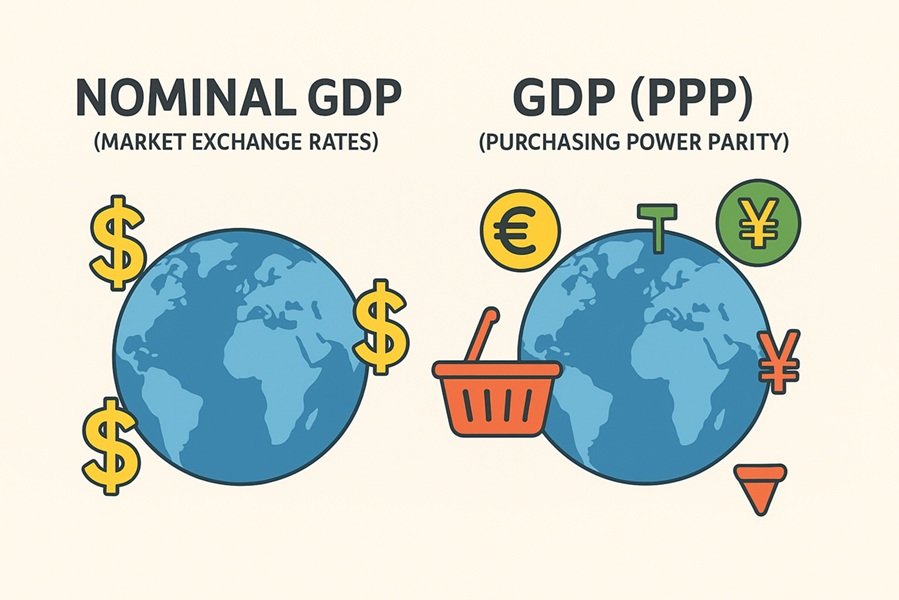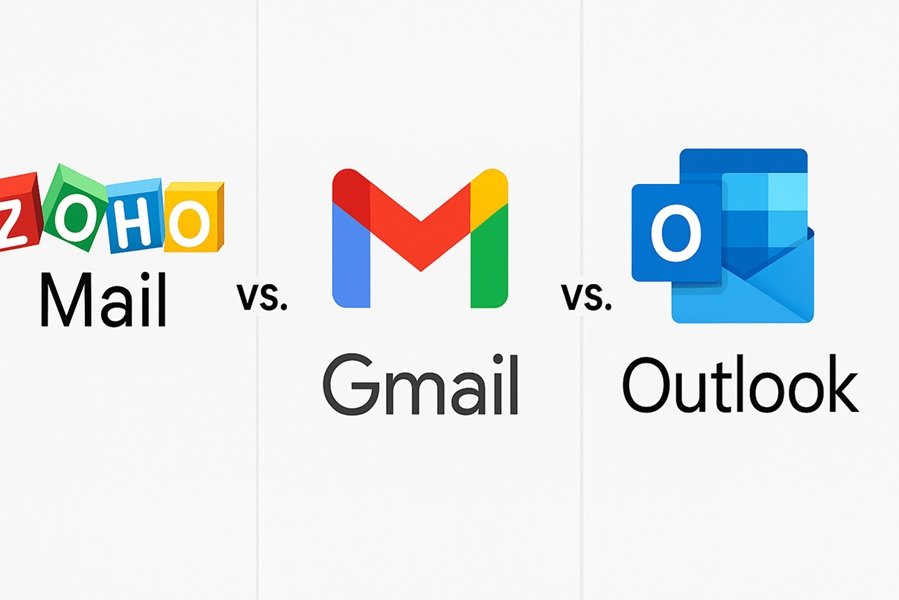
Email remains the backbone of digital communication—whether it’s personal correspondence or professional collaboration. In 2025, three names dominate the email landscape: Zoho Mail, Gmail, and Outlook. While they all serve the same purpose—sending and receiving emails—their approaches to privacy, productivity, and ecosystem integration differ dramatically.
Let’s dive deep into a detailed comparison of Zoho Mail vs Gmail vs Outlook to help you decide which service best suits your needs.
1. Overview: The Three Giants of Email
| Feature | Zoho Mail | Gmail | Outlook |
|---|---|---|---|
| Founded | 2008 | 2004 | 1996 |
| Parent Company | Zoho Corporation | Microsoft | |
| Primary Focus | Business email and privacy | Cloud-based communication and collaboration | Enterprise email and productivity |
| Deployment | Cloud + Self-hosted options | Cloud-only | Cloud + On-premises (Exchange) |
Each platform has evolved from being just an email client to a full-fledged productivity suite.
- Gmail is deeply integrated into the Google Workspace ecosystem (Docs, Drive, Meet).
- Outlook forms the core of Microsoft 365, tied to Teams, OneDrive, and Office apps.
- Zoho Mail, on the other hand, powers the Zoho Workplace suite — a growing ecosystem for businesses seeking privacy-focused, ad-free communication.
Read this: Zoho and Self-Reliant India: The Perfect Example of Atmanirbhar Success
2. Interface and User Experience
Zoho Mail
Zoho Mail boasts a clean, minimalist interface emphasizing clutter-free communication. The inbox is segmented into Streams, enabling social-media-like team collaboration within emails. Dark mode, offline access, and advanced filters enhance the user experience.
Best for: Professionals who want a balance between simplicity and business-oriented design.
Gmail
Gmail’s interface is highly polished and familiar to billions of users. Google’s AI-powered Smart Compose and Priority Inbox automatically organize messages and predict responses. The left panel integrates Chat, Meet, and Spaces, turning Gmail into a communication hub.
Best for: Users who love automation, AI suggestions, and seamless Google integration.
Outlook
Outlook offers a professional, information-dense layout that feels at home in corporate environments. It includes Focused Inbox, calendar integration, and quick access to Teams and OneDrive. The desktop version (Outlook for Windows/Mac) remains a gold standard for enterprise users.
Best for: Enterprise professionals managing meetings, tasks, and documents from one dashboard.
3. Pricing and Plans (as of 2025)
| Plan | Zoho Mail | Gmail (Google Workspace) | Outlook (Microsoft 365) |
|---|---|---|---|
| Free Plan | Yes (5 users, 5GB each, 25MB attachments) | Yes (for personal Gmail only) | Yes (Outlook.com for personal use) |
| Business Starter | ₹75/user/month | ₹136/user/month | ₹165/user/month |
| Business Standard | ₹210/user/month | ₹736/user/month | ₹660/user/month |
| Storage | 30GB to 1TB | 30GB to Unlimited (depends on plan) | 50GB to 1TB (depends on plan) |
| Custom Domain Email | Yes | Yes | Yes |
Verdict:
Zoho Mail clearly leads in affordability — perfect for startups and small businesses. Gmail and Outlook offer richer integration but come at a premium.
4. Productivity & Collaboration Tools
- Zoho Mail integrates with Zoho WorkDrive, Cliq (chat), Projects, and Docs, allowing teams to collaborate without leaving the Zoho ecosystem.
- Gmail connects effortlessly to Google Docs, Sheets, Meet, Calendar, and Drive, making real-time document collaboration its biggest strength.
- Outlook ties into Microsoft Teams, Word, Excel, OneNote, and SharePoint, providing a comprehensive corporate suite.
Collaboration Verdict:
If your organization already uses Google Workspace or Microsoft 365, Gmail or Outlook will integrate better. However, for privacy-first startups, Zoho Workplace offers all collaboration tools under one umbrella at a fraction of the cost.
5. Privacy and Security
| Security Feature | Zoho Mail | Gmail | Outlook |
|---|---|---|---|
| End-to-End Encryption | Yes (S/MIME) | TLS + Optional S/MIME | TLS + S/MIME |
| Two-Factor Authentication (2FA) | Yes | Yes | Yes |
| Ad-Free Experience | 100% ad-free | Ads in free Gmail | Ads in free Outlook |
| Data Centers | Global, GDPR-compliant | Global | Global |
| Data Mining for Ads | Never | Yes (for free users) | Limited (for free users) |
Privacy Verdict:
Zoho Mail is the most privacy-focused — it never scans emails for advertising purposes. Gmail and Outlook collect some usage data to optimize services, though both adhere to major compliance standards like GDPR and ISO 27001.
6. Integration and Ecosystem
- Zoho Mail works seamlessly with 50+ Zoho apps (CRM, Books, People, Campaigns), ideal for all-in-one business management.
- Gmail shines in automation and AI integrations — Google Apps Script, Zapier, and third-party add-ons make it a developer favorite.
- Outlook integrates perfectly with enterprise tools like Power BI, Dynamics 365, and Azure Active Directory.
Ecosystem Verdict:
Choose Zoho if you want everything in one privacy-focused system.
Choose Gmail for flexibility and automation.
Choose Outlook for enterprise-level integration and security.
7. Mobile and App Performance
All three services have well-optimized apps for Android and iOS.
- Zoho Mail App: Lightweight, ad-free, and designed for quick business use.
- Gmail App: Smart, modern, and supports multiple accounts (including non-Google ones).
- Outlook App: Excellent for managing emails, calendars, and Teams meetings on the go.
App Verdict:
Gmail leads in usability, Outlook excels in integration, and Zoho Mail impresses with simplicity and focus.
8. Customer Support
- Zoho Mail: 24/7 email support, chat, and phone assistance for premium users.
- Gmail (Workspace): 24/7 support via chat and phone.
- Outlook (Microsoft 365): 24/7 enterprise-grade support, including ticket-based systems.
Support Verdict:
Zoho Mail provides personalized assistance for small businesses. Microsoft and Google offer enterprise-level help but can feel less personal due to scale.
9. Verdict: Which Email Platform Should You Choose?
| User Type | Recommended Platform | Why |
|---|---|---|
| Individual Users | Gmail | Easy, familiar, and free with smart AI features. |
| Startups & SMEs | Zoho Mail | Affordable, private, and integrated with Zoho’s ecosystem. |
| Large Enterprises | Outlook | Robust, secure, and deeply tied to Microsoft 365. |
| Privacy-Conscious Professionals | Zoho Mail | Ad-free and compliant with international privacy standards. |
| Automation & Integration Enthusiasts | Gmail | Best API and third-party add-on ecosystem. |
10. Final Thoughts
In today’s fast-paced business environment, choosing the right email provider goes beyond inbox design—it’s about productivity, privacy, and ecosystem synergy.
- Zoho Mail wins for affordability, privacy, and SMB-friendly design.
- Gmail excels in collaboration, AI features, and ecosystem versatility.
- Outlook stands tall for enterprise-level management and Microsoft integration.
Ultimately, your choice depends on your organization’s scale, workflow, and privacy philosophy. If you value simplicity and data safety, Zoho Mail is a game-changer. For those living in the Google or Microsoft universe, Gmail and Outlook remain unbeatable pillars.


